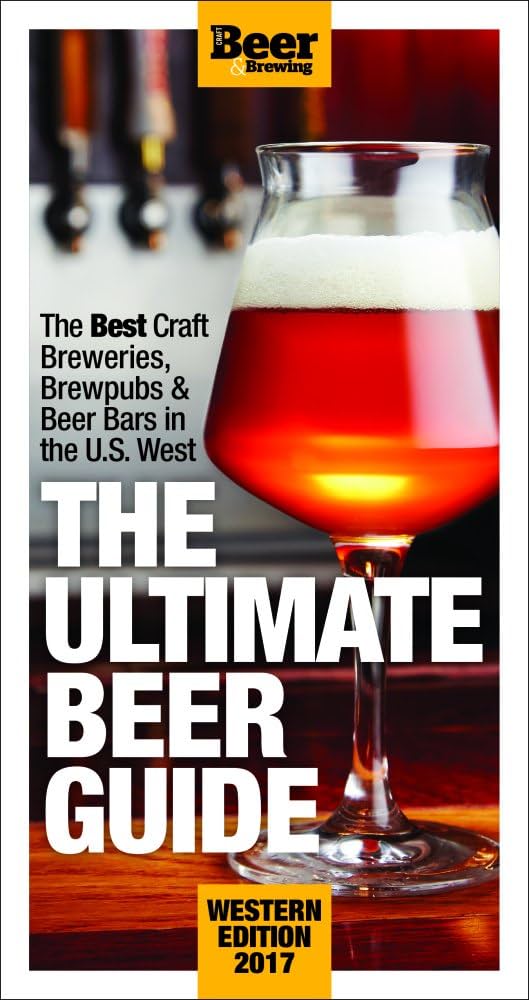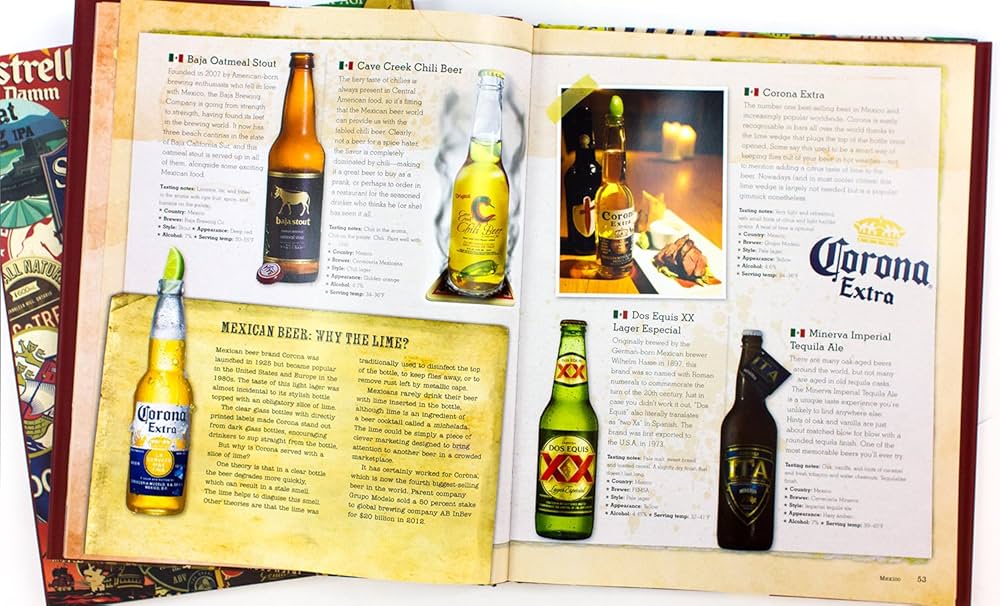Alright, so I’m gonna walk you through this little project I was messing with, called “Undaunted Brewers.” It’s nothing crazy, just a fun way to play around with some data and visualization.

It all started because I was trying to get into data analysis. I was trying to find a dataset I could actually care about, instead of just using some random numbers. Then it hit me: board games! Specifically, the board game “Undaunted: Normandy” and its expansions. I figured, why not create a tool to help brewers strategize about their deck compositions?
First Things First: Data Gathering
The most tedious part, hands down. I scoured BoardGameGeek, rulebooks, online forums, everything. I needed a list of all the units, their stats, and any special abilities. I dumped all this raw info into a spreadsheet. Think of it as my digital notepad where I started to structure the data.
Cleaning and Structuring
Spreadsheet was a mess at first. Different formats, inconsistent naming, typical data entry chaos. I buckled down and normalized everything. Ensured each unit had the same attributes (attack, defense, movement, etc.) and formatted consistently. This step saved me a ton of headaches later on.

Python to the Rescue
Okay, spreadsheet was nice, but I wanted to get serious. I fired up Python, specifically using Pandas. I loaded the spreadsheet data into a DataFrame and started to play with it. Calculate average attack values, sort units by cost, and just generally get a feel for what the data could tell me.
Data Exploration and Basic Analysis
This part was fun! I was trying to answer questions like: “What’s the most cost-effective unit?”, “Which units have the highest mobility?”. I used Pandas to filter, sort, and aggregate the data. It was like being a detective, searching for clues in the dataset.
Visualization

Numbers are cool, but visuals are cooler. I started with Matplotlib and Seaborn. Simple bar charts showing unit stats, scatter plots comparing different attributes. It helped me to get a gut feel for the strength of each unit.
Simple Deck Analysis
I wrote a little script to simulate drawing cards from a deck. Give it a deck composition (number of each unit), and it simulates drawing a hand. Tells you your odds of getting certain units in your opening hand. Basic, but surprisingly useful!
Things I Learned
- Data cleaning is REAL. 80% of the work, easy.
- Pandas is your friend. Seriously, learn it.
- Visualization makes everything click.
- Even simple data analysis can give you new insights.
Where I’m Going With This

This is just the beginning. Here’s what I’m thinking of doing next:
- Web app: Make it user-friendly and accessible.
- Advanced stats: Expected value calculations, win rate predictions.
- Community Input: Let users share their deck compositions and strategies.
So yeah, that’s “Undaunted Brewers” in a nutshell. It’s nothing groundbreaking, but it’s been a blast learning and building it. If you are curious about data analysis, find a dataset that interests you, and just dive in! You’ll be surprised what you can discover.
